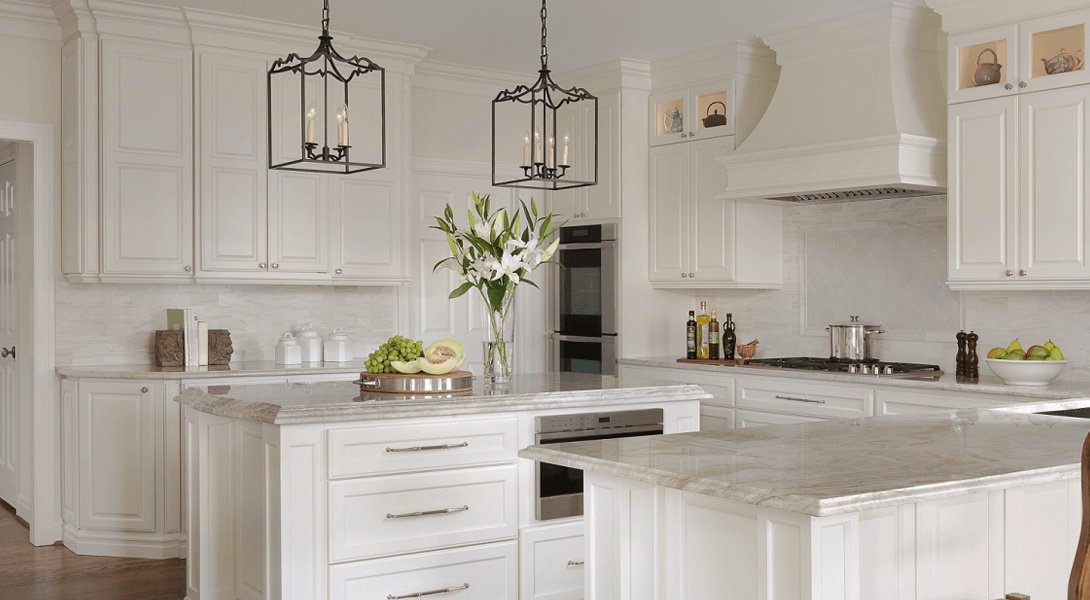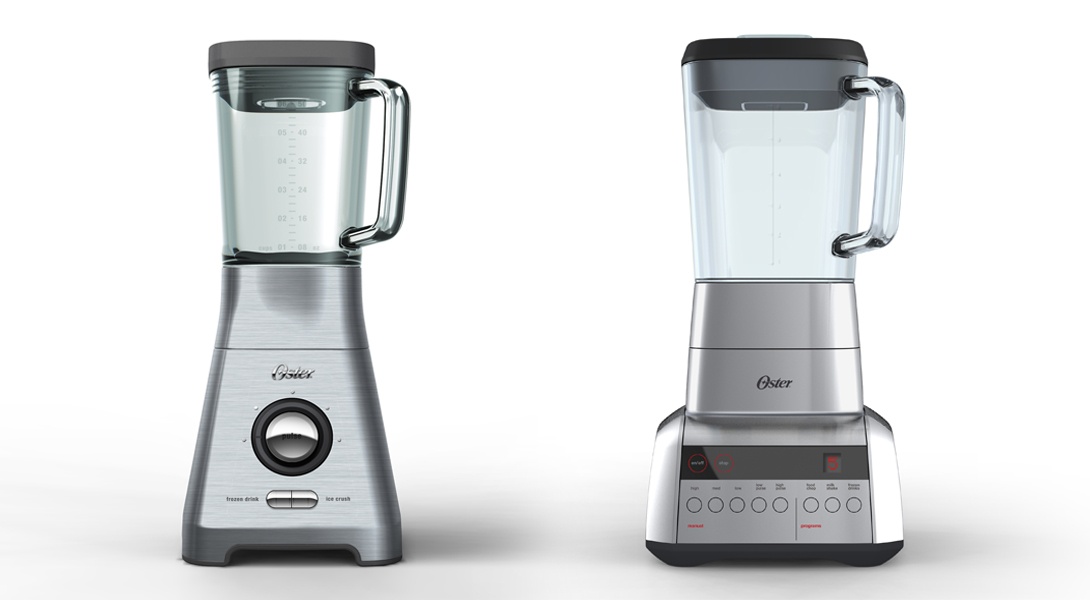Having recently moved to the United States after living in New Zealand, Taiwan and Germany, I’ve been very surprised by the homes here. Given the pace of life and forward-looking nature of Americans I had expected to find a dominance of modern architecture and high-tech homes much like the machines for living the Bauhaus had promoted. Instead most seem to prefer traditional looking houses that make reference to an earlier time. They even build new villas and bungalows that appear old. In this article I explore what design can learn from these people and their homes.
In a world that’s changing at an unprecedented rate, where uncertainty lives around every corner: it makes sense to want one’s home to feel traditional and familiar. It’s hard to deny that finding a little peace of mind today is a real and everyday challenge, because of this I believe these old fashioned homes serve an emotional function. One that uses design to remind us of a time that was more simple and steady.
Through the contrast these homes make to the outside world, it’s easy to imagine that living in them would generate an underlying sense of safety and reassurance. Their similarities to homes of our childhood may well form an illusion of timelessness, as though nothing has really changed, and therefore create a much needed sense of permanence in our lives. If this is true, we can say that these structures protect us not only from the cold and the rain but perhaps more importantly from the strain of uncertainty in our ever-changing modern lives.
“At the end of our long days this architecture creates a barrier, and allows us to escape inside it. Into a somewhat timeless place that offers the eternal comfort of the good old days.”
An appropriate metaphor for such homes would be an island. With their sash windows and French doors they too are places separated from the rest of the world. A world of fast change and ruthless efficiency, that is. At the end of our long days this architecture creates a barrier, and allows us to escape inside it. Into a somewhat timeless place that offers the eternal comfort of the good old days. When looking at them this way, these traditionally styled homes do provide a real separation from the outside world…
This separation is however not complete, the materials used such as foam stone cladding and PVC weatherboards are modern. More importantly you don’t see people cooking over a fireplace anymore, in fact most fireplaces today are gas powered and can be turned on with the flick of a switch. This barrier between the traditional and modern becomes even more murky in the kitchen, a place considered by many as the heart of the home.

The kitchen is a room that plays many roles, the recent demand for island countertops and the merging of kitchen and living rooms clearly shows how it has become a social space. Furthermore the kitchen often serves more as a status symbol than a place to cook, especially by the wealthy, who have little time to waste making food at home.
Kitchens are highly functional spaces that demand the most investment of any room. They hold the most complex installations of both furniture and appliances in our homes. With new technologies such as induction stoves and smart fridges, kitchens are being constantly reinvented. It is for this reason that the kitchen presents a most interesting design dilemma in the traditional home.
“A kind of design paradox, if you will.”
Over the past couple of decades we have seen many companies successfully release a whole range of retro kitchen appliances. That would seem an obvious answer for the traditional homeowner looking to compliment their Victorian kitchen cabinets with an old fashioned looking fridge or toaster. The chance to have some new technology in a traditional looking shell is in many ways what their homes reflect. (Take, for example, Essential’s design concepts from the development of a new blender series for Oster pictured below.)

While retro kitchen products have established themselves as a real market segment, much like the Mini and Beetle have done for cars, they certainly don’t satisfy everyone. Despite a strong connection to tradition many of us also fundamentally believe in the value of progress and innovative nature of modern products.
North America’s solution is the transitional kitchen, a mix of traditional looking cabinetry with state of the art modern appliances. A kind of design paradox, if you will. These kitchens, you could say, offer the best of both worlds. They still express an old fashioned charm but offer the efficiency and performance you would expect from a modern/functional kitchen.
“The challenge of marrying tradition with the high-tech forces us to look both backwards and forwards during the design process.”
This paradox of old and new is surprisingly informative for design. The challenge of marrying tradition with the high-tech forces us to look both backwards and forwards during the design process. This is no easy feat, as these two modes of thinking are often contradictory. To overcome this we reinvent traditional elements such as knobs or handles to work in completely new, often electronic and connected ways. These elements control state of the art technologies and yet still feel familiar and intuitive.
But I think the most appealing aspect of these classic older products is their relative simplicity. They offer us the ability to look at them and see how they work, something that’s clearly significant and comforting in this day and age. As designers it’s critical that we recognize this core human desire to understand, and use the potential of familiar and symbolic forms to create products that make adopting new technologies intuitive and reassuring.
Ashley Legg is a Senior Designer in Industrial Design at Essential.
Essential Design is a leading Innovation Strategy & Design consultancy. We work across the healthcare, consumer, and commercial industries, helping our clients conceive and drive to market comprehensive digital, physical, and service experiences.


